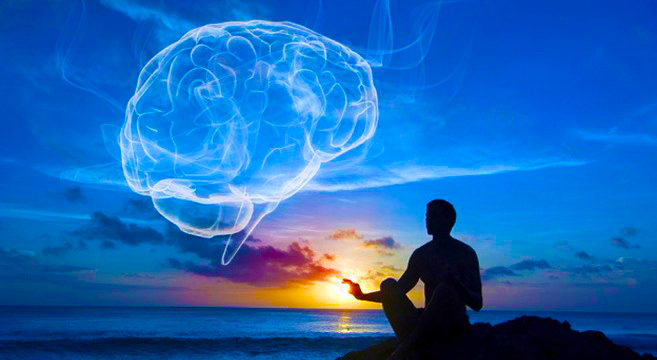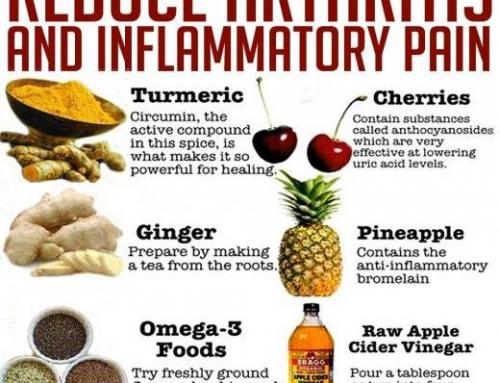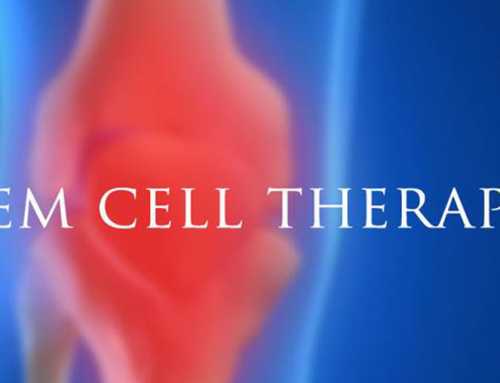Meditation & Medication
If you’re one of the millions of adults who suffer from chronic pain or disease, there may be some good news. Many recent studies have reported that those who suffer from chronic pain such as, joint pain, back pain, fibromyalgia & osteoarthritis, showed a significant improvement in their mental and physical function after engaging in mediation practices including but not limited to:
- Yoga
- Hypnosis
- Mindful mediation
- Guided meditation
- Visualization
- Deep relaxation
The great thing about meditation is that there are no rules to this ancient practice. All that is required is the desire for improvement.
In the case of chronic pain, this desired improvement is in one’s pain levels. Pain is a very complex phenomenon that involves both biological and psychological factors. While we may not have much control over our biological factors, we do have a fair amount of control over the psychological factors. Coupled together these mental and physical components are intrinsic parts of the whole, and should be treated as such.
When you shift your perspective from outward to inward, meaning you change your thought process from “this is happening to me and there is nothing I can do about it,” and instead to “this is happening to me but I can choose how I relate to it,” then you have now positioned yourself in driver’s seat. It is in this mindful shift that we are able to take an objective standpoint on our body’s pain, and begin to control how we let it affect our lives.
This explanation describes pain at its most basic, tangible, straightforward level. Pain is when something injures body tissue, and the body tells this to the brain. This model for acute pain is called nociception.
Tissue damage, or the nociception, normally leads to pain, but pain always has a sensory component: where it is, what it feels like. It makes you feel bad and so you go to the doctor. What physicians respond to is the behaviors of a patient. A person comes into the clinic and expresses and shows how bad he suffers from the pain he feels. The doctor cannot see or measure the pain and suffering.
In most cases a doctor will conduct surgery and prescribe pain medications to treat this physical reaction to chronic pain. However, a doctor can do very little about one’s mental reaction to pain because in large part, paint is a mental reaction.
Meditation has been shown to alter areas of the brain that relate pain to body stress. By decreasing activity in the primary somatosensory cortex, the pain processing area, and increasing activity in the three other regions, pain is reduced. Meditation also increases activity in the pain and emotion regulating areas of the brain. Meditation teaches patients how to react to the pain. People are less inclined to have the ‘Ouch’ reaction, then they are able to control the emotional reaction to pain.The meditator learns while sitting on the cushion that pain is fleeting and doesn’t deserve such a strong emotional reaction.
For a patient with chronic pain, meditation gives patients a way to take hold of their life again. Over the months, or even years, of undiagnosed pain, patients feel like they lose control of their life and body.
Pain medications ignore the psychological and social aspects of pain. Meditation, however, can treat pain from every level. It diminishes the anxiety surrounding pain, leaving the patient happier, and more in control.






